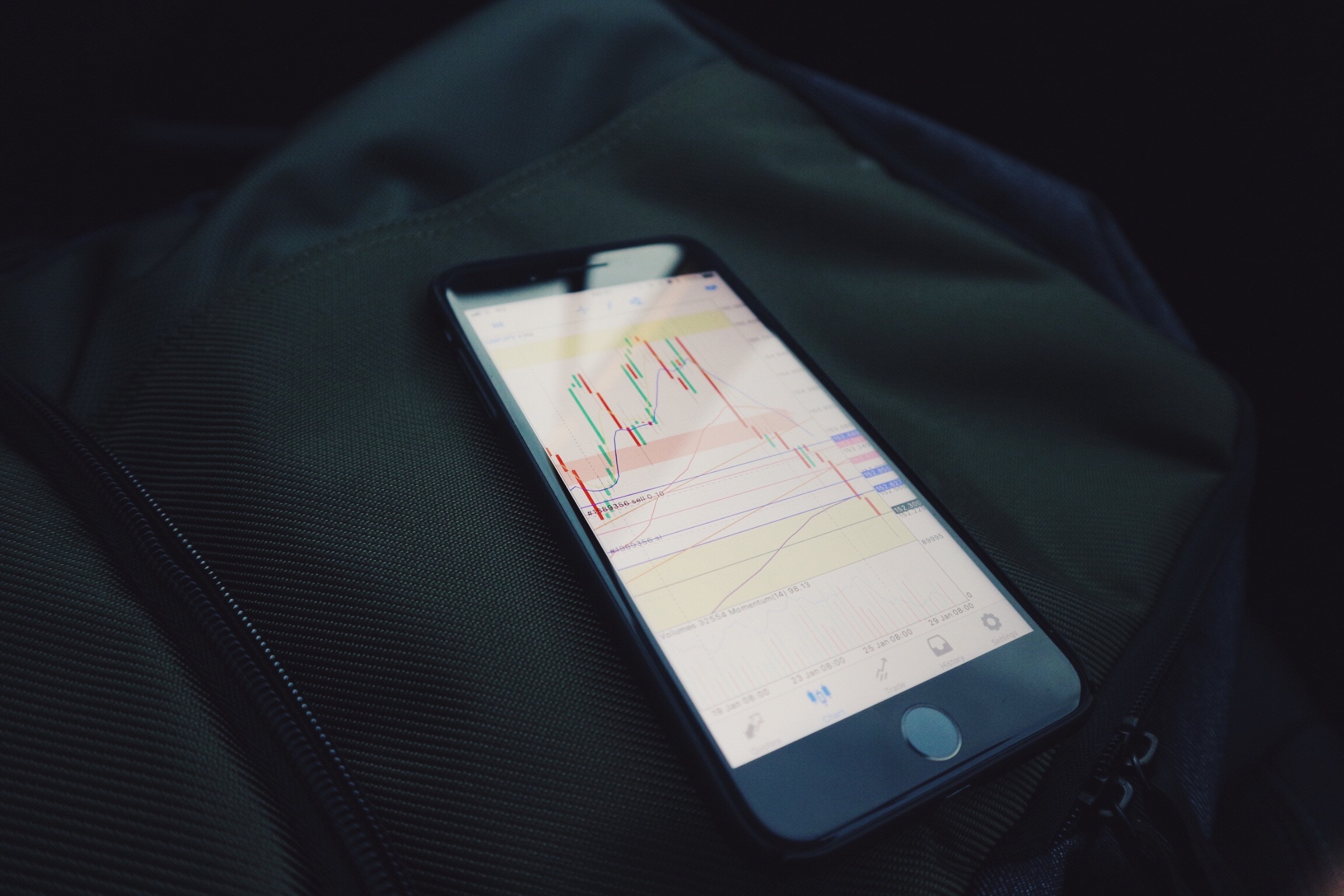
Politics & Society
How to rescue free trade in the post-COVID world

Low interest rates and COVID-19 mean governments, not central banks, now control the world’s key economic levers
Published 11 October 2021
The COVID-19 pandemic has delivered a huge shock to the global economy just as we are witnessing a major shift in who calls the shots when it comes to economic management.
It’s a shift that could leave central banks on the margins as we navigate the economic impact of COVID-19, leaving governments firmly in charge.

And that could be mean a new policy emphasis on driving down unemployment to levels not seen for almost 50 years.
A look back at history shows us that the standard economic toolbox for the past few decades has relied on monetary policy – raising or cutting official interest rates – conducted by central banks to stabilise the economy. In most wealthy countries the central bank makes these interest rate decisions independent of the government.

Politics & Society
How to rescue free trade in the post-COVID world
In practice, central banks manage the interest rate so that the economy doesn’t run too hot or too cold.
In a downturn, central banks may cut the interest rate to encourage lending as a way to persuade households and businesses to boost spending. In boom times, they may raise interest rates to curb spending to prevent inflation from rising too much.
In contrast, governments try to manage the economy using fiscal policies like cutting or raising taxes and reducing or increasing government spending.
But fiscal policy has long been out of fashion, largely because of the perceived success of central bank monetary policies. Indeed, such has been the success of monetary policy, that Nobel Prize winning economist Robert Lucas declared in 2003 that the “central problem of depression-prevention has been solved.”

Not all economists were convinced though – as we rarely are – but in practice not much changed. Until recently.
Interest rates had long been falling when the Global Financial Crisis hit in 2007, followed by the European debt crisis a few years later. This left most central banks in rich countries contending with extremely low interest rates.

The result was that monetary policy lost most of its efficacy because near-zero interest rates leave no room for further cuts by central banks wanting to pull their economies out of the downturn.
One by one central banks had to resort to non-conventional monetary policies, which economists call quantitative easing.
First pioneered by Japan, these policies consist of buying government bonds and other financial assets, which injects money into the economy and boosts asset values and therefore, potentially, investment and inflation.
However, this isn’t as effective as cutting the interest rate, and it also increases wealth inequality since it boosts virtually all asset values, leaving those who can’t afford these investments to miss out.

In the years following the GFC we have seen frequent and unprecedented calls from central banks for fiscal policy to do more. Curiously, it has meant central bankers calling for larger public deficits, even at the European Central Bank in Frankfurt, a bastion of conservative policy makers traditionally wary of government debt.
Central bankers understood that if governments didn’t implement expansionary fiscal policies – like tax cuts or spending increases – to boost economic growth and inflation, they wouldn’t be able to get out of this world of low interest rates. This would consequently leave them largely powerless when the next economic shock or crisis hit.

Business & Economics
Keeping supply chains ethical and sustainable amid COVID-19
The next crisis turned out to be a global health pandemic, and this is no small crisis. In many respects, it is a crisis unprecedented by its magnitude and the large number of countries hit at the same time.
Most governments understood early on that massive cash injections directed to businesses and households were needed to support them through the looming recession.
To the surprise of many, rich countries’ governments had no difficulty financing their large budget deficits and, despite the increased public debt, interest rates remained low.
The pandemic showed that fiscal policy can do more to fight recessions than what has been achieved in recent decades. But what has become clear isn’t only that fiscal policy can do more, but also that it should do more because monetary policy is largely ineffective in a world of low interest rates.

This is an important policy development that may take us into a new world. The reason is that central banks and governments have different priorities.
Central banks put the emphasis on keeping inflation under control. In fact, inflation has been so well tamed that major central banks have regularly failed to hit their targeted rates of healthy inflation.

Business & Economics
Time for a Universal Basic Income?
Governments, in contrast, typically put more emphasis on keeping unemployment low. Given the new consensus that governments have a renewed and larger role in stabilising the economy, they could drive down unemployment rates to low single-digit levels like they did before the mid-1970s.
This sudden change in thinking helps explain how Australia’s Treasurer John Frydenberg went from focusing on restoring a budget surplus to now promoting expansionary fiscal policies to push unemployment down.
And Australia isn’t alone.
The same shift is clearly apparent in the US with President Joe Biden’s large spending programs.
This renewed focus on fiscal, rather than monetary, policy to manage the economy could be profound, hopefully producing a policy mix more likely to boost employment and, in the process, reduce economic inequality.
Banner: Getty Images